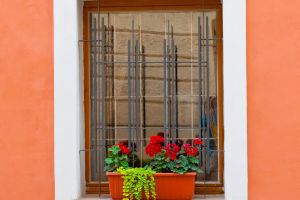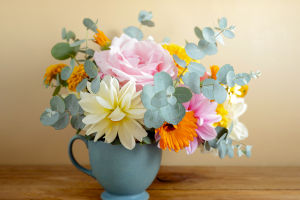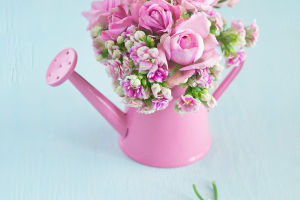Tulips, known as the national flower of Türkiye, Kazakhstan, and the Netherlands, have long captivated the hearts of many with their undeniable charm and beauty.
The Netherlands, with its ideal environment and climate for tulip growth, takes pride in cultivating a wide array of valuable tulip varieties. Consequently, it holds the title of being the largest tulip producer in the world. However, despite the Dutch reputation, it is intriguing to discover that the origins of tulips can be traced back to the Turks.
Tulips possess the unique characteristic of being light-loving plants. They thrive in warmer environments, requiring adequate exposure to sunlight for proper photosynthesis. It is essential to provide the plants with the appropriate amount of light, carefully regulating the intensity to prevent leaf scorching due to excessive exposure.
Another noteworthy characteristic of tulips is their substantial water requirements. To maintain optimal growth, the plants must receive proper watering, ensuring that the soil remains consistently moist. When watering tulips, it is crucial to select a suitable water source, such as river water or well water enriched with essential trace elements.
Tulips hold various symbolic meanings across different cultures. In the Netherlands, they represent national pride and are considered a beloved emblem of the country. Additionally, tulips are widely associated with love and romance.
In the language of flowers, different colors of tulips convey specific emotions; red tulips symbolize passion and love, yellow tulips signify friendship, and purple tulips express respect.
The exquisite forms and vibrant colors of tulips have served as a remarkable source of inspiration in art and design. They frequently appear in paintings, ceramics, textiles, and other artistic works, adding a touch of elegance to these creations. Tulip motifs are also prominent in the designs of precious porcelain and jewelry.
Tulips have become an integral part of many renowned parks and significant landmarks around the world. The flower beds of the White House in the United States and the Louvre Museum in France attract countless tourists each year, who flock to admire and appreciate the breathtaking beauty of these blooms.
Moreover, tulips hold immense value in the realm of floral arrangements, often considered a highly prized flower material. With their long, graceful stems ranging from 40 to 50 centimeters in length, tulips add an air of sophistication and refinement when placed in tall vases or cylindrical containers.
The tulip industry in the Netherlands significantly impacts the country's economy. The export of tulip bulbs is a vital sector of Dutch agriculture, serving as a primary source of supply for both domestic and international flower markets.
The Netherlands' cultivation techniques and meticulous variety selection have solidified its position as a dominant player in the global tulip market.
Tulips' timeless allure stems from their fascinating history, cultural significance, and undeniable aesthetic appeal. Whether gracing famous landmarks, inspiring artists and designers, or adorning floral arrangements, these vibrant flowers continue to captivate and inspire people worldwide.


